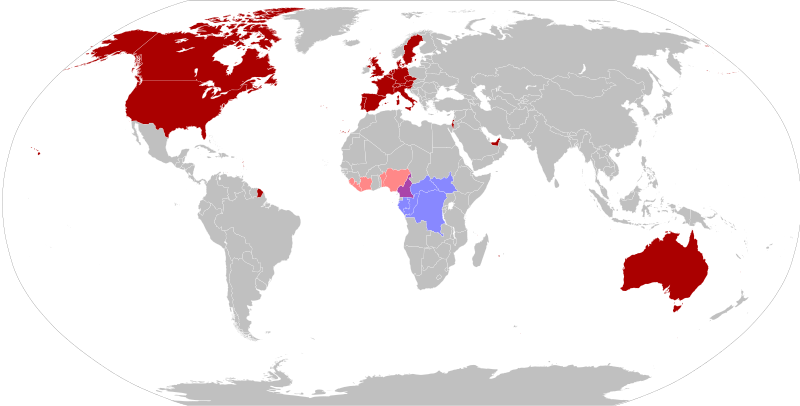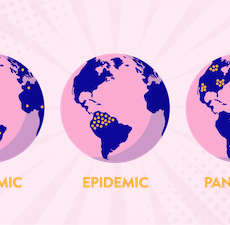What is it?
Monkeypox was first discovered in 1958 when two outbreaks of a pox-like disease occurred in colonies of monkeys kept for research, hence the name ‘monkeypox.’ — CDC
Where was it first discovered?
The first human case of monkeypox was recorded in 1970 in the Democratic Republic of the Congo (DRC).
What are the symptoms?
- Fever
- Headache
- Muscle aches
- Backache
- Swollen lymph nodes
- Chills
- Exhaustion
Within 1–3 days, a rash begins to appear on the face and spreads to other parts of the body. — CDC
How does it transmit?
Monkeypox virus is transmitted from one person to another by close contact with lesions, body fluids, respiratory droplets, and contaminated materials such as bedding. — CDC
How deadly is it?
Monkeypox is usually a self-limited disease with symptoms lasting 2 to 4 weeks. Severe cases can occur. The fatality ratio has been around 3–6% in recent times. — WHO
How worried should we be?
Since May 13, 2022, cases of monkeypox have been reported to WHO from 12 Member States that are not endemic for the monkeypox virus across three WHO regions. — WHO

ArcMachaon, CC BY-SA 4.0 <https://creativecommons.org/licenses/by-sa/4.0>, via Wikimedia Commons
As of May 27, 2022, it is not yet a world pandemic.






